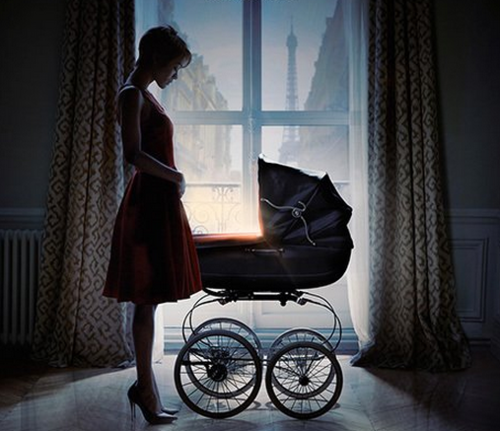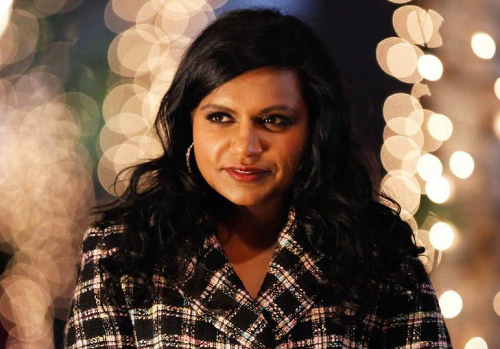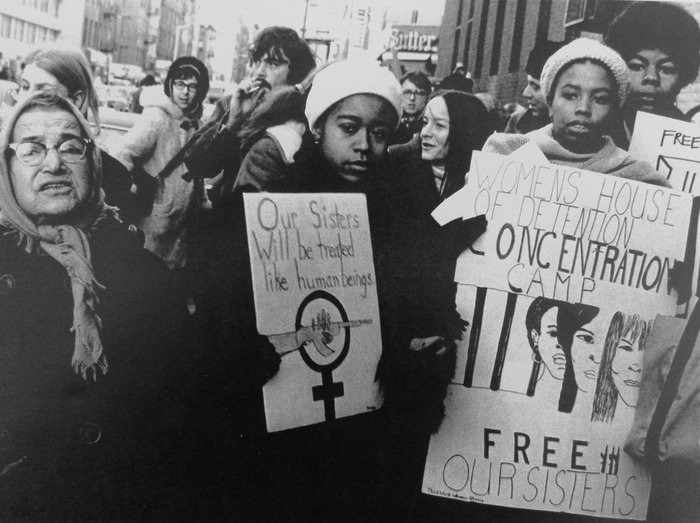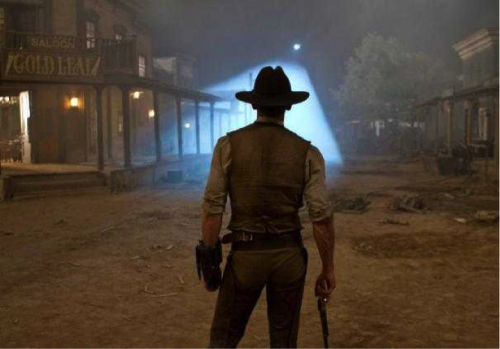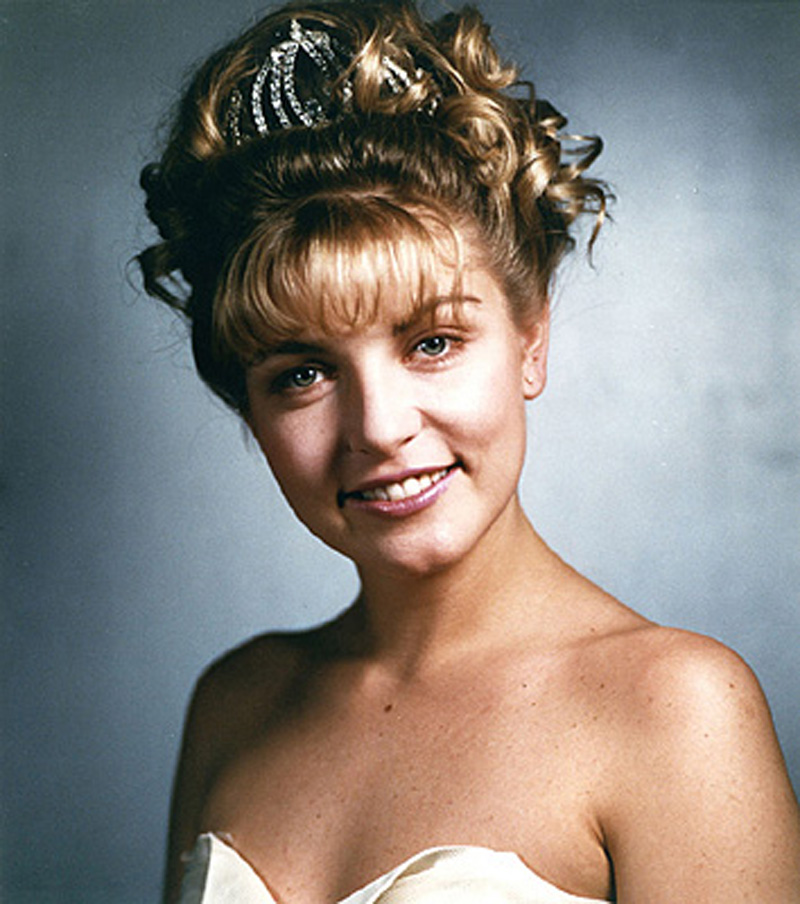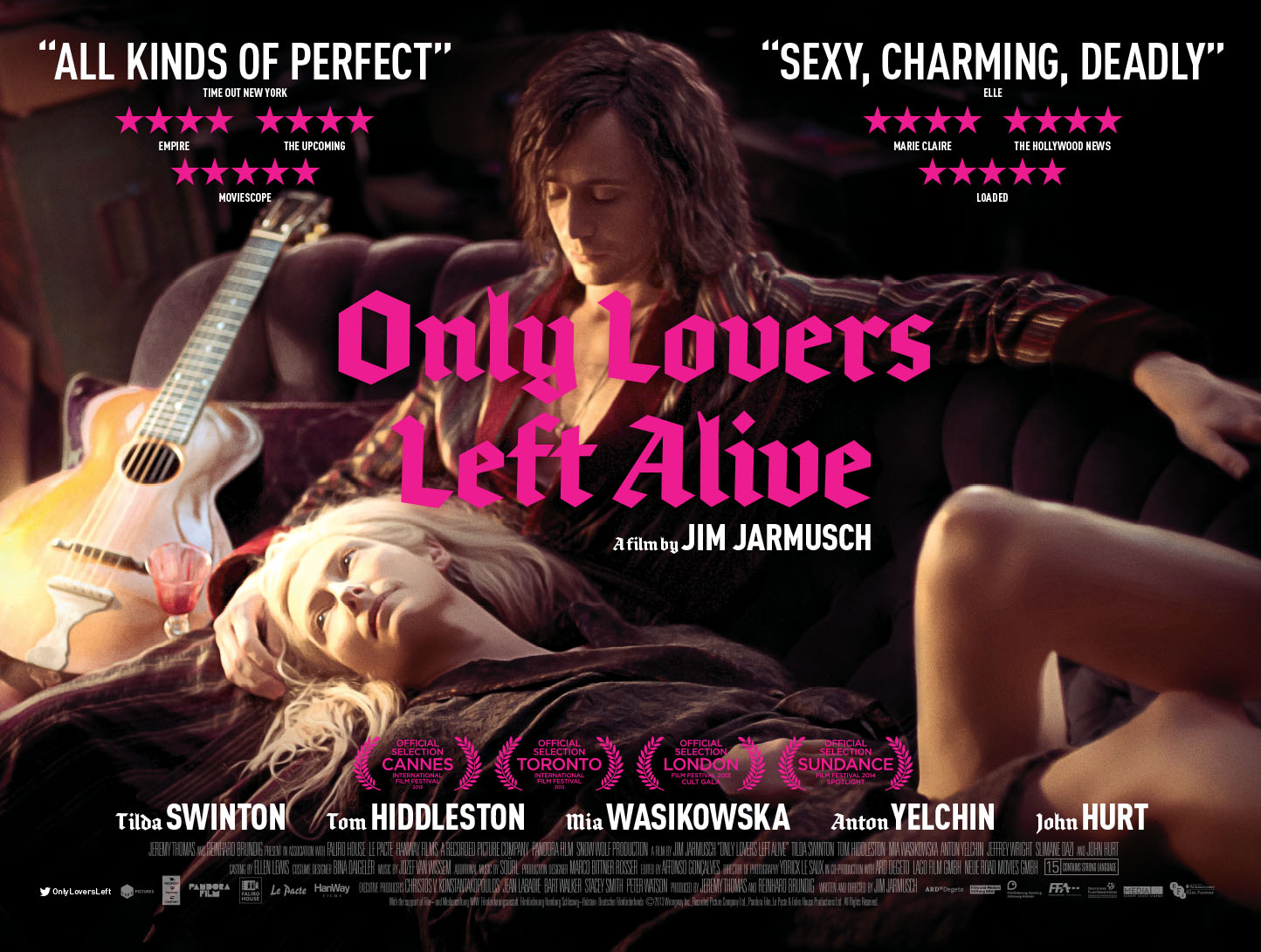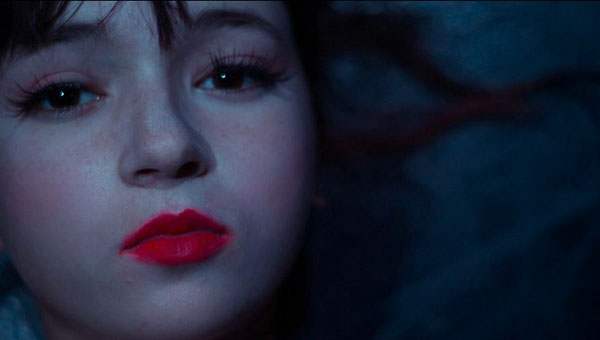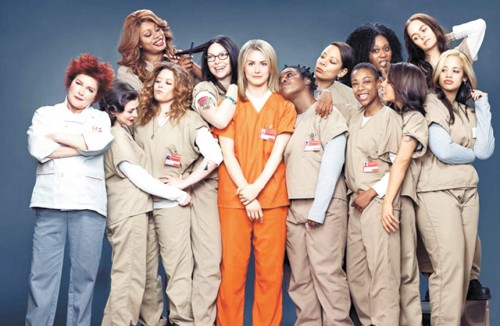“Post-Feminist” ‘Rosemary’s Baby’ is a Difficult Labor
Though the core idea of story–a young woman’s fear and uncertainty of what is happening to her body during pregnancy–is timeless, the execution of the remake is fairly dated. In the original, Rosemary is a naive housewife, yet she still manages to be tougher and emerges a more fully realized character than the remake’s Rosemary who stops struggling and pretty much does what she’s told once she becomes pregnant.
